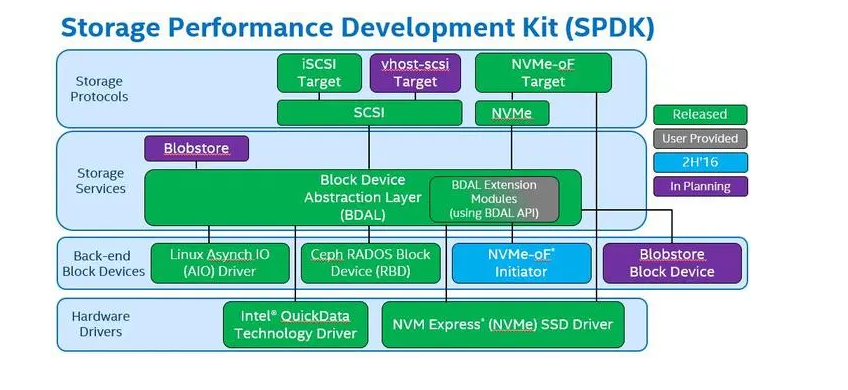IP/MPLS stands for Internet Protocol/Multiprotocol Label Switching. It is a network architecture that combines the benefits of IP routing and MPLS technology to provide efficient and scalable packet forwarding in modern telecommunications networks.
In IP/MPLS networks, packets are labeled with a unique identifier called a “label,” which allows routers to quickly forward them along pre-determined paths through the network. This approach is more efficient than traditional IP routing because it eliminates the need for routers to constantly consult their routing tables to determine where packets should go.
IP/MPLS also offers better traffic engineering capabilities than traditional IP routing, allowing network administrators to control how traffic flows through the network by assigning different labels to different types of traffic. This can help improve network performance, reduce latency, and ensure that critical applications receive priority over less important ones.
Overall, IP/MPLS has become an increasingly popular choice for service providers and enterprises looking to build high-performance, scalable networks that can handle large volumes of data and support a wide range of applications and services.





















